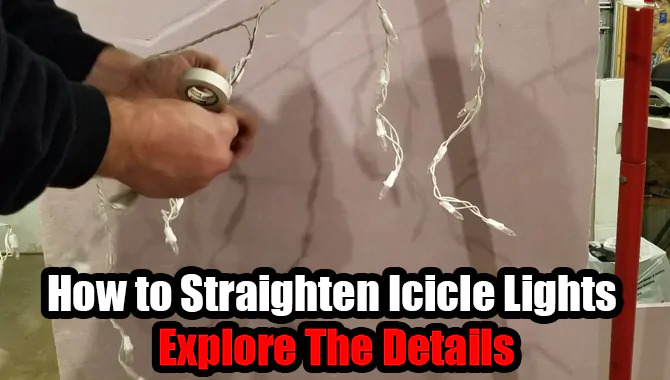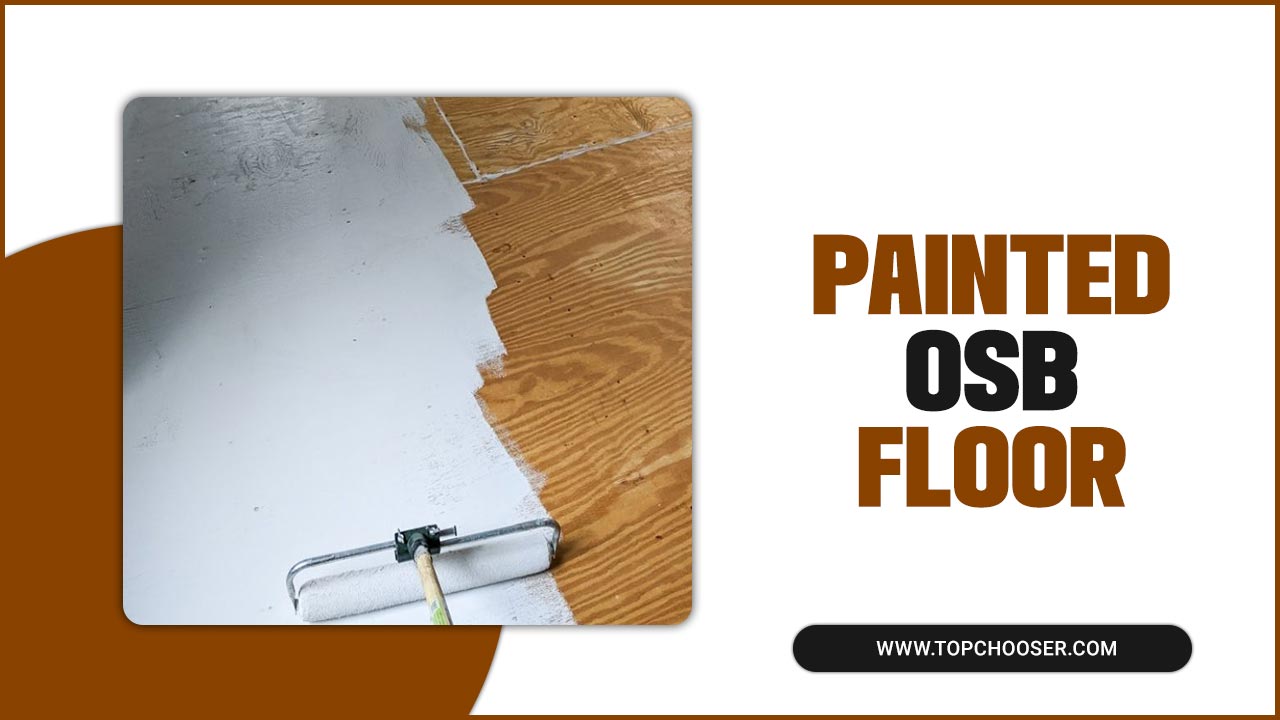Have you ever heard a drip, drip, drip sound in your bathroom? That annoying noise usually means you have a leaky bathroom sink. A dripping sink can waste water and even cause damage. But don’t worry! Fixing a leaky bathroom sink is easier than you might think.
Imagine you’re ready to brush your teeth, and there it is again, that pesky leak. You look down and see water pooling around the base. Frustrating, right? Many people face this problem, but only a few know how to fix it. Did you know that a small leak can waste over a gallon of water a day? That’s a lot!
In this article, we will explore how to fix a leaky bathroom sink. You won’t need a plumbing degree or fancy tools. Just a few simple steps and some basic supplies will do. Let’s get started, and soon you’ll have a sink that doesn’t leak!
How To Fix A Leaky Bathroom Sink: Step-By-Step Guide

How to Fix a Leaky Bathroom Sink
A dripping bathroom sink can be annoying. Did you know a small leak can waste gallons of water daily? Start by identifying the source of the leak. Check the faucet, drain, and pipes. Often, a simple tightening or replacing worn washers can solve the problem. Use plumber’s tape for loose connections. With a few tools, you can handle this task easily. Save money and feel proud of your handy work! Why not give it a try today?Identifying the Source of the Leak
Common causes of leaks in bathroom sinks. Tools to help locate the source of the leak.Drip, drop! A leaky sink can make quite a racket. Common causes of leaks include worn-out washers and loose connections. Don’t forget about corroded pipes! Grab a flashlight to help spot the trouble. Check under the sink for puddles and moisture. A simple wrench can tighten loose fittings. And remember, if you can’t find it, call for help! Your sink shouldn’t have a hiding game.
| Cause of Leak | What to Do |
|---|---|
| Worn-out washers | Replace them! |
| Loose connections | Tighten with a wrench. |
| Corroded pipes | Consider getting them replaced. |
Gathering Necessary Tools and Materials
List of essential tools for fixing a leaky sink. Recommended materials for sealing and repair.To fix your leaky bathroom sink, gather these essential tools and materials. You’ll need:
- Adjustable wrench – For loosening and tightening nuts.
- Plumber’s tape – To seal threads and prevent leaks.
- Screwdriver – Either flat or Phillips, depending on your sink.
- Pliers – Useful for gripping hard-to-reach parts.
- Bucket – To catch any water that spills.
For sealing and repair, consider using:
- Silicone sealant – Great for preventing leaks.
- Replacement washers – To replace old or damaged parts.
- Caulk – For securing edges and joints.
Having these tools and materials ready will make your fix much easier!
What tools do I need to fix a leaky sink?
You need an adjustable wrench, pliers, a screwdriver, plumber’s tape, and a bucket. These tools help you tighten and secure connections effectively.
Shutting Off the Water Supply
Steps to safely turn off the water supply. Importance of relieving pressure before repairs.First things first, look under your sink for the water supply valves. Usually, they’ll be on the wall behind the sink. Turn them clockwise to shut off the water. Now, take a breath! You’re halfway there! Remember, it’s important to relieve pressure by turning on the faucet until the water stops flowing. This prevents a mini-waterworks show while you fix things. Nobody wants a surprise splash party in their bathroom!
| Steps | Action |
|---|---|
| 1 | Locate water supply valves. |
| 2 | Turn the valves clockwise. |
| 3 | Open the faucet to relieve pressure. |
Repairing the Faucet
Detailed instructions for fixing a leaky faucet. How to replace washers and cartridges.Got a faucet that sounds like a dripping dinosaur? Fear not! Fixing it is easier than you think. First, turn off the water supply. Next, use a screwdriver to take off the handle. If your faucet has a cartridge, pull it out gently. For washing machines, replace the washers, which are small rubber rings. If you see a cartridge, swap it for a new one. Then, put everything back together, and voilà! No more drip, drip, drip. You’ll be the hero of your bathroom!
| Steps | Tools Needed |
|---|---|
| Turn off water | Wrench |
| Remove handle | Screwdriver |
| Replace washers | Replacement washers |
| Check the cartridge | New cartridge |
| Reassemble | No extra tools! |
Fixing the Sink Drain
Inspecting and tightening drain components. Steps to reseal the drain if necessary.Start by checking all drain parts. Look closely for any loose screws or fittings. Tightening these can stop leaks. If the leak continues, you may need to reseal the drain. Follow these steps:
- Remove the drain cover.
- Clean the area around the drain.
- Apply a new bead of plumber’s putty.
- Reattach the drain and cover.
- Tighten everything gently.
This can help to fix leaks and keep water where it belongs.
What if my sink drain is still leaking?
If your sink drain still leaks, check for cracks in the pipes. You can use plumber’s tape for small gaps. Always ensure all connections are snug.
Checking the Water Supply Lines
How to inspect supply lines for leaks. Replacing damaged supply lines.First, take a close look at those water supply lines. Check for any damp spots or water pooling around them. If you spot something unusual, it might be time to replace them. Remember, even the toughest lines can fall apart! Replacing damaged lines is like taking your sink out for a makeover! Make sure you have the right tools, and don’t be shy to enlist a helping hand. A buddy can hold the flashlight while you’re under the sink, making the job easier (and less scary).
| Step | Action |
|---|---|
| 1 | Inspect supply lines for leaks. |
| 2 | Turn off the water supply. |
| 3 | Disconnect damaged lines. |
| 4 | Install new supply lines. |
Preventive Maintenance to Avoid Future Leaks
Tips on regular inspections and maintenance. Importance of water pressure regulation.Keeping an eye on your bathroom sink can save you from big headaches later. Regular inspections are like a superhero cape for your plumbing. Check for any tiny drips or loose parts each month. It’s simple! Don’t forget to look at the water pressure. Too high can make things go kaboom! For safe measures, consider a water pressure regulator. That’s like using a seatbelt for your pipes! Here’s a quick tip list:
| Tip | Description |
|---|---|
| Monthly Check | Look for leaks or loose fittings. |
| Water Pressure | Keep it below 60 psi to avoid bursts. |
| Clean Drains | Watch out for clogs; they can lead to leaks. |
Remember, a little effort now can save a lot of water and cash later! Who wants soggy socks from a leaky sink? Not you!
When to Call a Professional
Signs that indicate a need for professional help. Potential costs associated with calling a plumber.Sometimes, a leaky sink needs a pro. Look out for these signs:
- Water pooling around the sink
- Constant dripping sounds
- Rusty or corroded pipes
- Unusual increases in your water bill
If you notice these, call a plumber. It may cost $100 to $300 for repairs. Don’t wait; it could save you money in the long run.
When should you call a plumber for sink leaks?
Call a plumber if DIY fixes don’t work or if the leak is large and overwhelming. It’s safer and helps prevent bigger problems like water damage.
Conclusion
In conclusion, fixing a leaky bathroom sink is simple. First, identify the leak’s source. Then, turn off the water and tighten loose connections. If needed, replace washers or seals. Always test for leaks after repairs. You can tackle this problem! For more tips, check other articles or ask a grown-up for help. Happy fixing!FAQs
What Are The Common Causes Of A Leaky Bathroom Sink?A leaky bathroom sink can happen for a few reasons. First, the faucet might have a worn-out washer inside. Second, the pipes under the sink may have loose connections. Third, cracks in the sink or pipes can let water escape. Lastly, remember that clogs can cause water to back up and leak too.
How Can I Identify The Source Of The Leak In My Bathroom Sink?To find the leak in your bathroom sink, you can start by checking the pipes under the sink. Look for water dripping or wet spots. Next, check the faucet and the sink basin. Turn on the water and watch if any water escapes. You might need to ask an adult for help if you can’t find it!
What Tools And Materials Do I Need To Fix A Leaky Bathroom Sink?To fix a leaky bathroom sink, you need a few tools and materials. First, get a wrench to help you turn the nuts. You will also need a screwdriver to open some parts. Grab plumber’s tape to stop the leaks, and maybe a bucket to catch any water. Don’t forget some old towels to clean up any spills!
How Do I Properly Replace A Worn-Out Washer Or O-Ring To Stop The Leak?To replace a worn-out washer or O-ring, first, turn off the water supply. Then, take apart the faucet carefully. Find the old washer or O-ring and remove it. Put the new washer or O-ring in its place. Finally, reassemble the faucet and turn the water back on to check for leaks.
When Should I Consider Calling A Professional Plumber For A Leaky Bathroom Sink Instead Of Attempting A Diy Repair?You should call a professional plumber if the leak is very big or if you can’t find where it’s coming from. If you tried to fix it but it’s still leaking, get help. Also, if you notice water damage or mold, it’s time to call someone. It’s better to let an expert handle it to avoid more problems.








